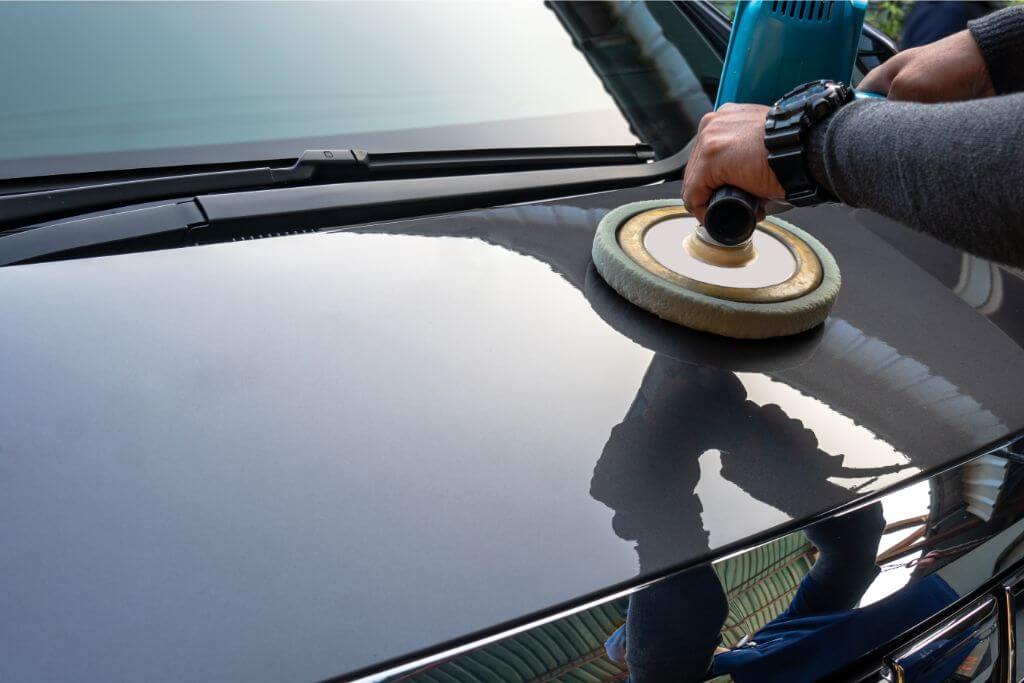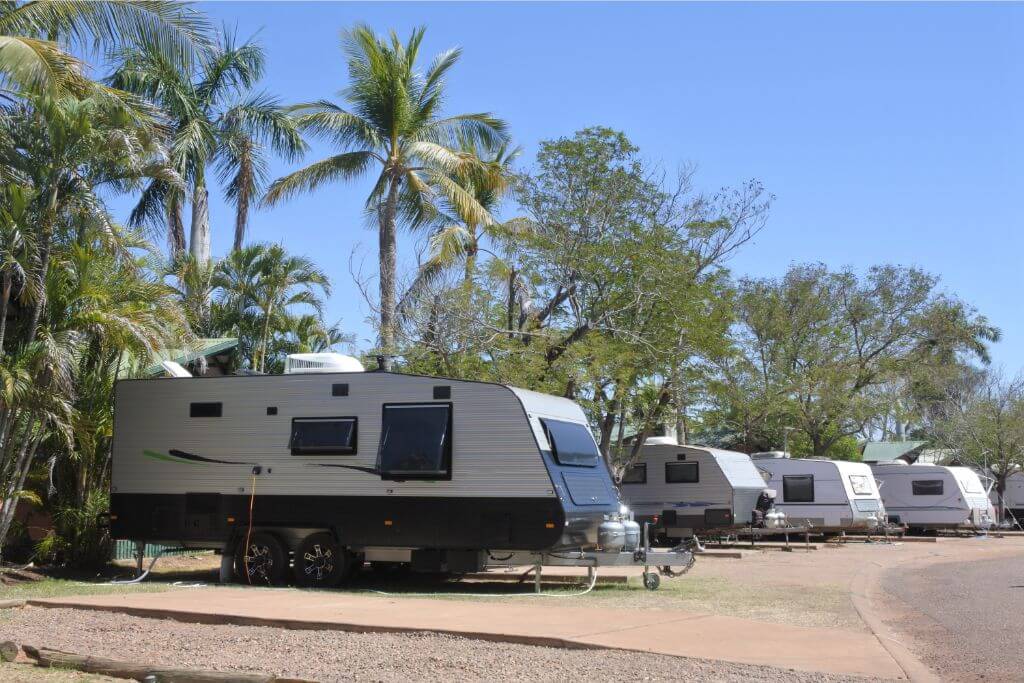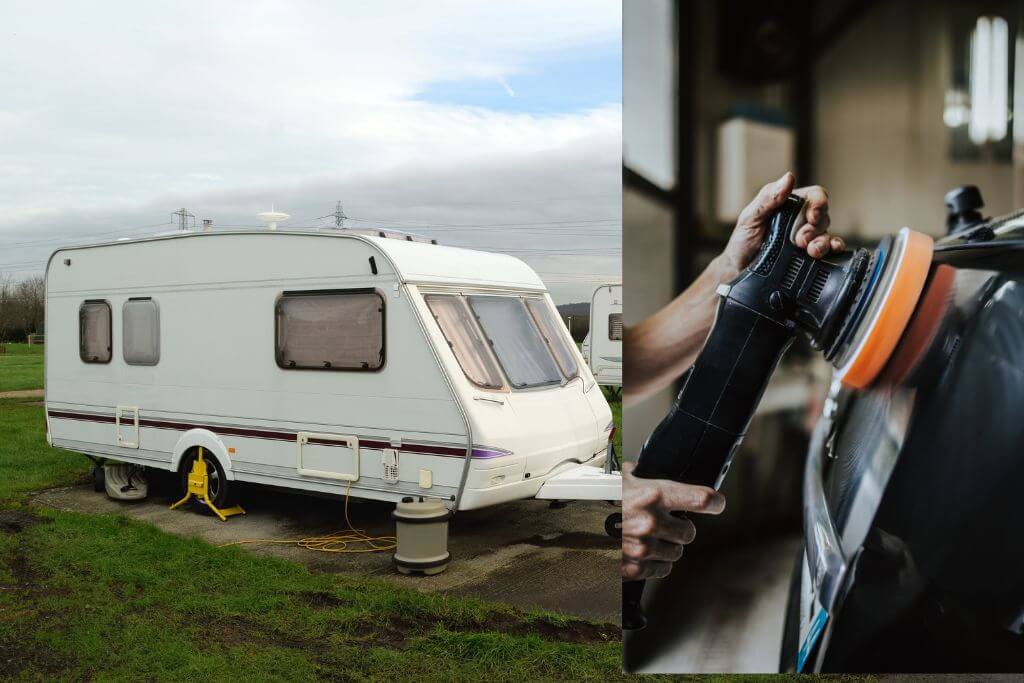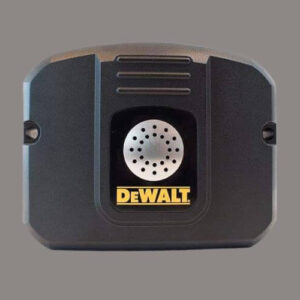On the face of it, caravan life seems very appealing and glamorous, and it is true to a large extent. You can travel with freedom and explore new places at will. While owning a caravan has its perks, taking care of its upkeep and maintenance is another matter.
If you are concerned about keeping your caravan looking new and cleaner for longer, it is important to get rid of the dullness and add a layer of protection to it so that its gloss remains intact. Many caravan owners wonder if they can use a machine polisher on their caravan to remove the rough upper surface and uncover a smoother exterior. If you are wondering the same, here are the answers you are looking for.
Cleaning a caravan
A caravan has a large surface area, and keeping it spotless can be a hassle. If you have been on the road for some time, you may not have found the time to clean it properly. Similarly, if you store your caravan at a storage facility, there is a chance that clear-coated or gel-coated areas may become contaminated with fungal growth or green layering. While basic washing with the non-caustic chemical can take care of this problem, over time, the caravan’s paint becomes dull, loses its shine, and starts looking old and worn out.
While many people consider it safe to use machine polish on a caravan, it can be tricky to work out how to go about it safely. Using the wrong products, overusing a certain product or over-polishing can do more harm than good, and you must understand where to draw the line. Continue reading to learn why we recommend being wary of a machine polisher.
What does machine polishing mean?

The machine polishing process involves removing a tiny layer of the faded caravan panel to provide a newer finish to the caravan. This is followed by applying a wax coat to help maintain the newer look of the caravan for a long and prevent deterioration of the exterior.
Therefore, it would not be wrong to say that using a machine polisher is intensive and demands considerable skills. Hence it is done best by experienced or skilled hands. Unless you have that kind of know-how or experience, it is not recommended to perform the job yourself. It usually takes practice and experience to master the art of using a machine polisher without inflicting irreversible damage. You can easily burn the paint, and while you were hoping to get rid of the dullness or patchy areas, you may end up causing more damage to the exterior.
Can I manually polish a caravan?

While you always have the option of getting your caravan machine polished by professionals, you can polish your caravan at home in a few simple ways.
However, the most important consideration is to understand the manufacturing of the caravan body and what materials it is made of. While aluminium is the primary component of caravans’ roofs or flat sides, many vehicles have fibreglass on the back and front of the caravan. The fibreglass surface is finished in a gel coat, and using standard car polish may be ineffective. However, if you use gelcoat anywhere other than fibreglass, it may damage the surface.
How to polish a caravan
Before polishing your caravan, give it a good wash to remove all the dirt and grime. If there are any stubborn contaminants on the surface, like bird droppings or bugs, use a clay bar to remove them. Now rinse the caravan and clean it dry. Your caravan is now ready for polishing.
If you have fibreglass panels, they may start to feel rough and bumpy, and to make them smooth again; you need a cutting or polishing compound that improves the shine and finish of the fibreglass. One great product for this would be the 3M Cutting Compound wax polish (light grade). It is important to note that this is an abrasive polish and does remove a little of the gel coat on the fibreglass, so you may want to use it sparingly.
Similarly, if you have a powdered-coated caravan, you may need a mildly-abrasive polish or sealer on the paint to remove the top oxidised layer while preventing the paint from coming off. If your van is new, you can use a non-abrasive sealer too.
It would also be beneficial to read the instructions on the polish packaging to properly do the process and ensure it lasts longer.
Apply thin coats and wipe the residue polish with a microfiber cloth. Here again, you need to follow instructions for how long to wait until you can remove the residue. For some products, it is necessary to remove them immediately, while for others, it is recommended to wait a while.
You may also need to consider the temperature requirements. For instance, if you are polishing in humid conditions, removing the caravan polish residue may become difficult. Change the cloth in between once the previous one becomes filled with polish.
After polishing, you need a wax top coat to seal the polish and reapply it every three to six months. So once you finish off the polishing, apply wax to the exterior. Use good quality wax to give your caravan paint a shiny look. It will also serve to seal the exterior and safeguard it.
Can you use car polish on a caravan?
Yes, you can use car polish on a caravan. However, it is important to note that the surface of a caravan is different from that of a car. Therefore, it is recommended that you use a polish specifically designed for caravans ³. Fibreglass surfaces are finished in what’s called a gelcoat, and standard car/caravan polish may not be able to restore it. However, using a gelcoat polish on the sides of your caravan could lead to potential damage ².
To polish a caravan, you can follow these steps:
1. Find a shady spot.
2. Clean the entire surface to be polished with a sponge and soapy water.
3. Choose your tools. If you use a polishing machine, it is essential to choose the correct formulation and pad for your vehicle if you want to obtain the best results.
4. Spray the polish onto the caravan surface.
5. Wipe softly with a microfibre cloth.
6. Buff using a clean microfibre cloth.
Top 5 things to know before machine polishing a caravan
Here are the top 5 things you should know before machine polishing a caravan:
1. Before polishing your caravan, give it a good wash to remove all the dirt and grime. If there are any stubborn contaminants on the surface, like bird droppings or bugs, use a clay bar to remove them.
2. It is important to recognise that the body of your caravan is made up of different materials. You have the flat sides/roof of painted aluminium. However, many caravans (not all) have large fibreglass sections on the front and back.
3. If you are using a machine polisher for the first time, it is important to read the instructions carefully and practice on a small area first.
4. When using a machine polisher, it is important to use the correct pad for your vehicle if you want to obtain the best results.
5. It is recommended that you use a polish specifically designed for caravans.



